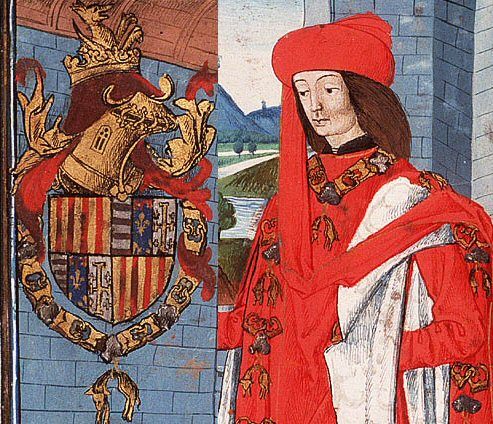Italian Renaissance Aristocrats Were Susceptible to Cancer, Too
Mummified evidence that cancer might not be a disease of the modern world.

The various forms of cancer are the second-most common cause of death in wealthy countries after heart disease, and claim an estimated 8.2 million lives worldwide each year. New cases are expected to rise by about 70 percent over the next two decades. By contrast, cancers are rarely observed in old remains found at archaeological sites. Speculation on why this is varies widely, but the trappings of modern life—including processed food, pollution, smoking, and longer life spans in general—often appear among the explanations.
However, a new study published in the journal The Lancet is challenging this assumption that cancer is a disease of modernity. A team of scientists from Italy’s University of Pisa has examined the mummified remains of 11 wealthy individuals from Renaissance Naples. Several of them had cancer. “Despite the small number of specimens, the cancer prevalence of 27 percent that was found is close to the 31 percent found in modern countries,” the university’s Raffaele Gaeta wrote in the paper.

“The rarity of cancer in antiquity is a highly debated problem and the main reasons are apparently the short lifespan of past populations, the scarcity of mummified remains, and the technical difficulties of detecting neoplastic lesions [tumors] in mummified tissues,” the researchers write. Indeed, average life expectancy for a man living during the Roman Empire was around 22, and only went up to 33 in medieval Europe, and just short of 50 for 18th-century America. And unless tumors impact bones, they leave little skeletal evidence. It often takes a mummy to preserve a tumor.
In this case, the team took advantage of the good preservation of the naturally mummified remains of King Ferrante I of Aragon, who ruled for most of the 15th century, and some of his court, from Naples’s San Domenico Maggiore church. All of the individuals examined were long-lived for their time—between 55 and 71 at death. Perhaps the rich lifestyle contributed to their conditions, but the researchers concluded that, at least among this population, cancer was about as prevalent then as it is today. They write, “the assumptions that cancer was an extremely rare event in past populations should be revised.”
























Follow us on Twitter to get the latest on the world's hidden wonders.
Like us on Facebook to get the latest on the world's hidden wonders.
Follow us on Twitter Like us on Facebook